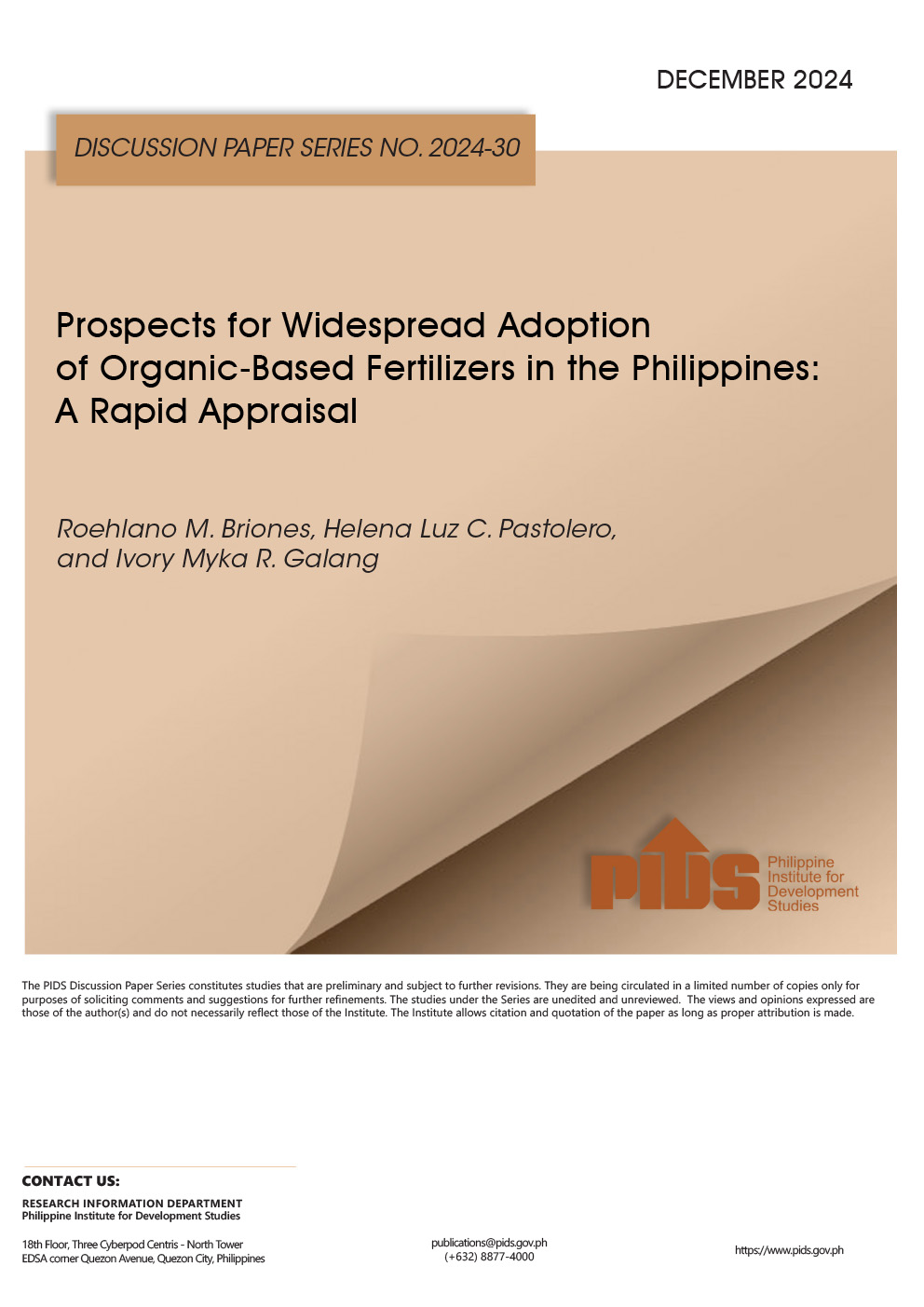THE PHILIPPINES imported 2.49 million metric tons (MT) of rice in the year to date as of Sept. 21, down 18.1% from a year earlier, the Bureau of Plant Industry (BPI) said, with analysts noting that shipments slowed towards the end of the period with the onset of the domestic harvest.
The BPI added that rice imports in September, as of Sept. 21, declined 32.2% year on year to 178,164.12 MT.
On a month-on-month basis, rice shipments declined 43% in August.
Michael L. Ricafort, Rizal Commercial Banking Corp. chief economist, said that the drop in imports during the period was mainly due to the onset of the domestic rice harvest, which added to the available supply.
“The government would like to prioritize the purchase of palay (unmilled rice) from farmers,” Mr. Ricafort said in a Viber message.
Roehl M. Briones, a senior research fellow from the Philippine Institute for Development Studies, said higher international rice prices also affected imports in September.
“Once the price drops imports will return to trend,” Mr. Briones said in a Viber message.
Mr. Ricafort added that restrictions imposed by rice exporting countries led to the decline of shipments into the Philippines.
India and Vietnam have announced plans to reduce rice exports to shore up local supply.
India announced in July an immediate ban on exports of non-basmati white rice to ensure domestic availability of the commodity.
Vietnam also announced plans to reduce rice exports to four million tons a year by 2030.
In the year to date, Vietnam remained the Philippines’ top source of rice, shipping 2.24 million MT or 89.96% of Philippine imports for the period.
Thailand and Myanmar shipped 116,106.17 MT and 95,847 MT, respectively.
Rice imports from India totaled 13,493.39 MT in the year to date, equivalent to 0.6% of the total.
Separately, Agriculture Undersecretary for Rice Industry Development Leocadio S. Sebastian gave a separate estimate for rice shipments in the year to date of about 2.6 million MT.
“This is 14% lower than last year for the same period (January to September). I expect more rice imports will arrive in the coming months (October to December),” Mr. Sebastian said in a Viber message.
He added that as of Sept. 28, about 271,224 MT of rice arrived for the month.
Mr. Sebastian said rice imports may hit 3.1 million MT this year, which if borne out will represent a nearly 20% decline from a year earlier.
The US Department of Agriculture has said Philippine rice imports may hit 3.5 million MT for market year 2023 to 2024, a downgrade from its previous estimate of 3.8 million MT.
“The aim of the government’s Masagana Rice Industry Development Program is to gradually reduce our import dependence and increase our rice sufficiency level,” Mr. Sebastian added.










